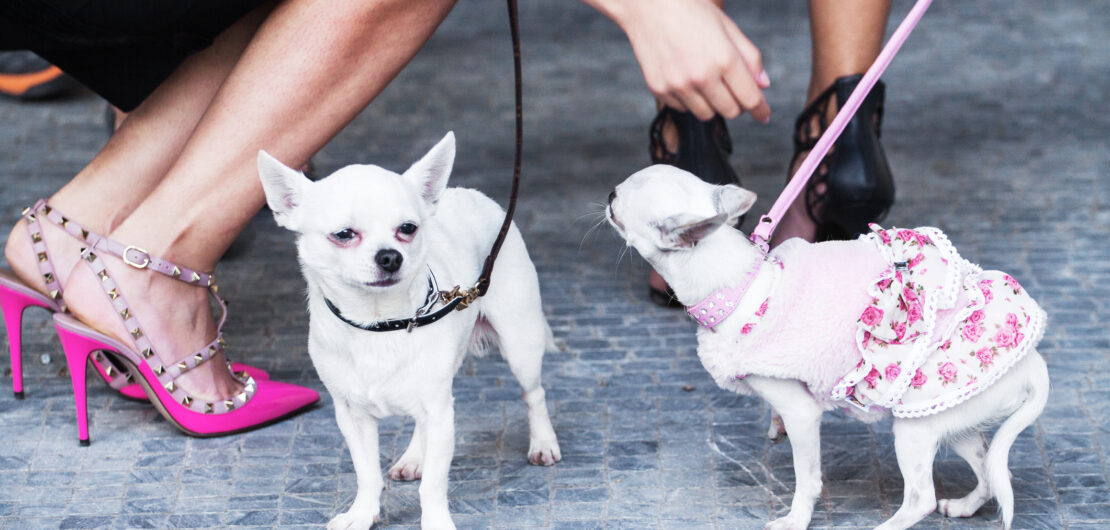 News Posts
News Posts What Barbie Girls Can Teach Us About Marketing
If you’ve left your house even once this summer, you already know that the gooey, frothy, bubblegum-hued Barbie movie is hot AF right now. We’re all eating pink yogurt and dreaming pink plastic dreams.
But how did an 11-inch doll inspire this much LUV? More importantly, how did the 60+ year old Barbie brand manage to stay relevant, especially when its young customers began opting for hipper, digitally-based playtime? Like, you know, video games?
It’s marketing magic.
Barbie found a mission. No longer “just” a plastic toy, Barbie is now a recognizable brand with a noble purpose: “To inspire the limitless potential in every girl.” To be fair, that was Mattel’s tagline back in ‘59. In other words, the brand got in touch with its roots while also touting the psychological, emotional, and pro-social benefits of playing with dolls. Inspiring little girls to dream big, play hard, and connect meaningfully with one another is worth the fanfare.
Barbie diversified. A mere decade ago, Barbie wasn’t invited to sit with the cool kids: young girls just didn’t see themselves in the preternaturally thin, grinning blonde. Mattel got the message and today’s Barbies sport a splendid diversity of body shapes, ethnicities, and abilities. It’s not just Malibu Barbie anymore—now you can aspire to be Professor Sarah Gilbert, vaccinologist and creator of the Oxford/AstraZeneca Covid vaccine. I know, right?
Barbie partnered. To promote the film, Mattel collaborated with 100+ companies, from Xbox to Crocs to Airbnb to Moon (that’s electric toothbrushes, btw)—if you’re Team Barbie, the merch is everywhere you look (literally, and I don’t mean figuratively). Best of all, every single imaginable demographic is on board: kids, feminists, gamers, champions of ugly shoes, fashionistas, your great Aunt Maude.
Well, maybe not everyone. Some detractors see the Barbie movie as a cynical cash grab—but hey, life in plastic isn’t always fantastic.




